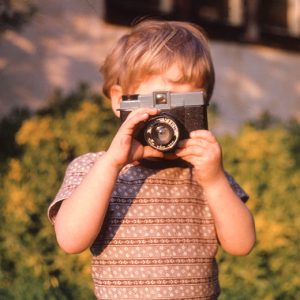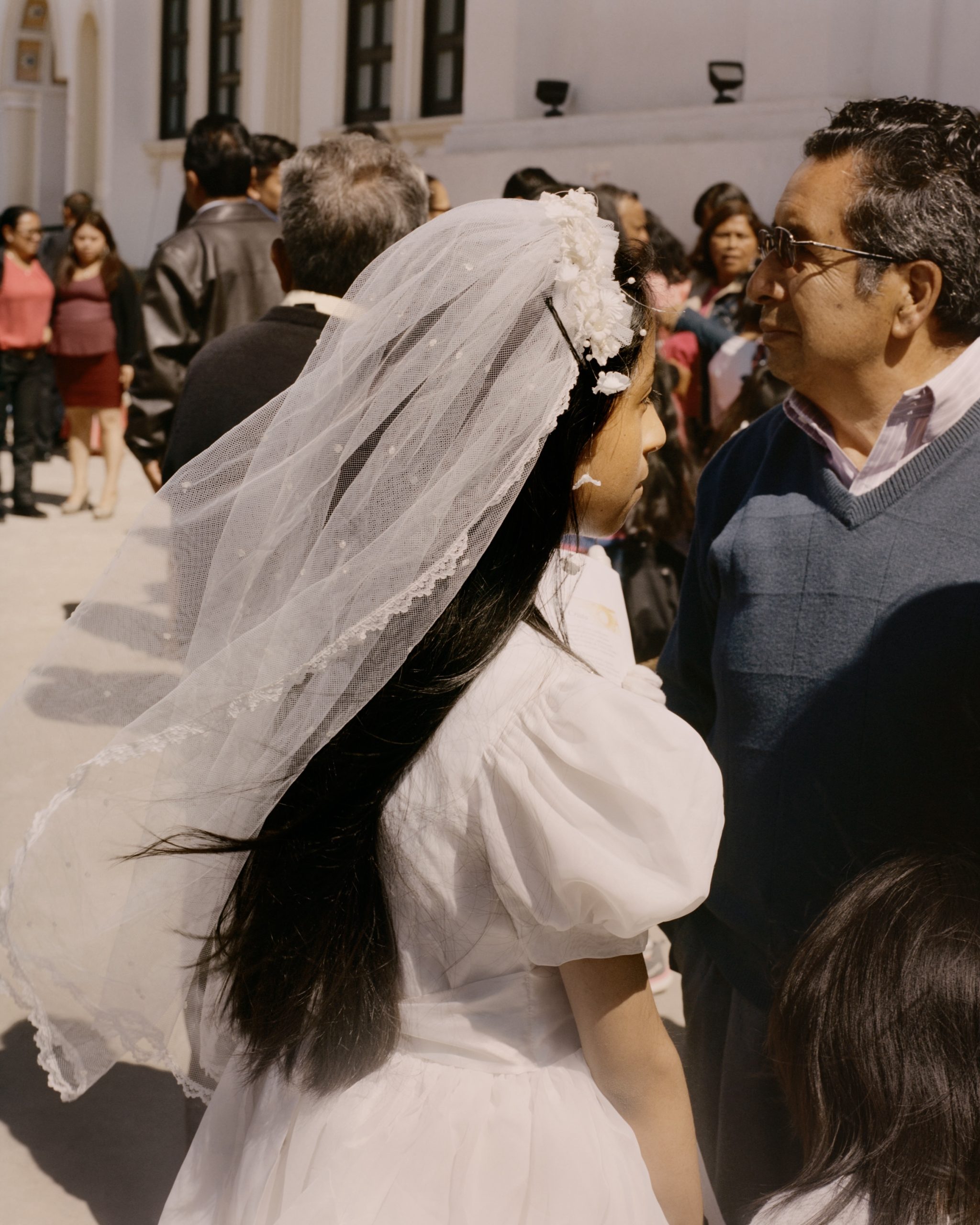
All images © Juan Brenner
The artist’s latest book, Genesis, explores the generations-old traditions of his native homeland, and a youth finding their feet amidst waves of globalisation
After a decade as a fashion photographer in New York, Juan Brenner decided to return to his homeland, Guatemala, where he now lives and works in Guatemala City. There, after six years working as a creative director, he travelled to the Guatemalan Highlands and began a lengthy process of documenting the indigenous peoples of the area, their generationally observed traditions, and the rich geography of the landscape.
“Through work, I was very fortunate to witness the vibrant indigenous social dynamics in countries like Ecuador, Peru, and Bolivia,” he tells me, “which reminded me of Guatemala and inspired me deeply.” Brenner encountered indigenous communities in these countries who he feels are “ahead of our own in many ways. I recognised that our social dynamics don’t follow the typical idea of progress seen in more powerful countries, especially in the West.” Although war, colonialism, and natural disasters have made life challenging in the Guatemalan highlands, Brenner also encountered “many beautiful and hopeful moments.”
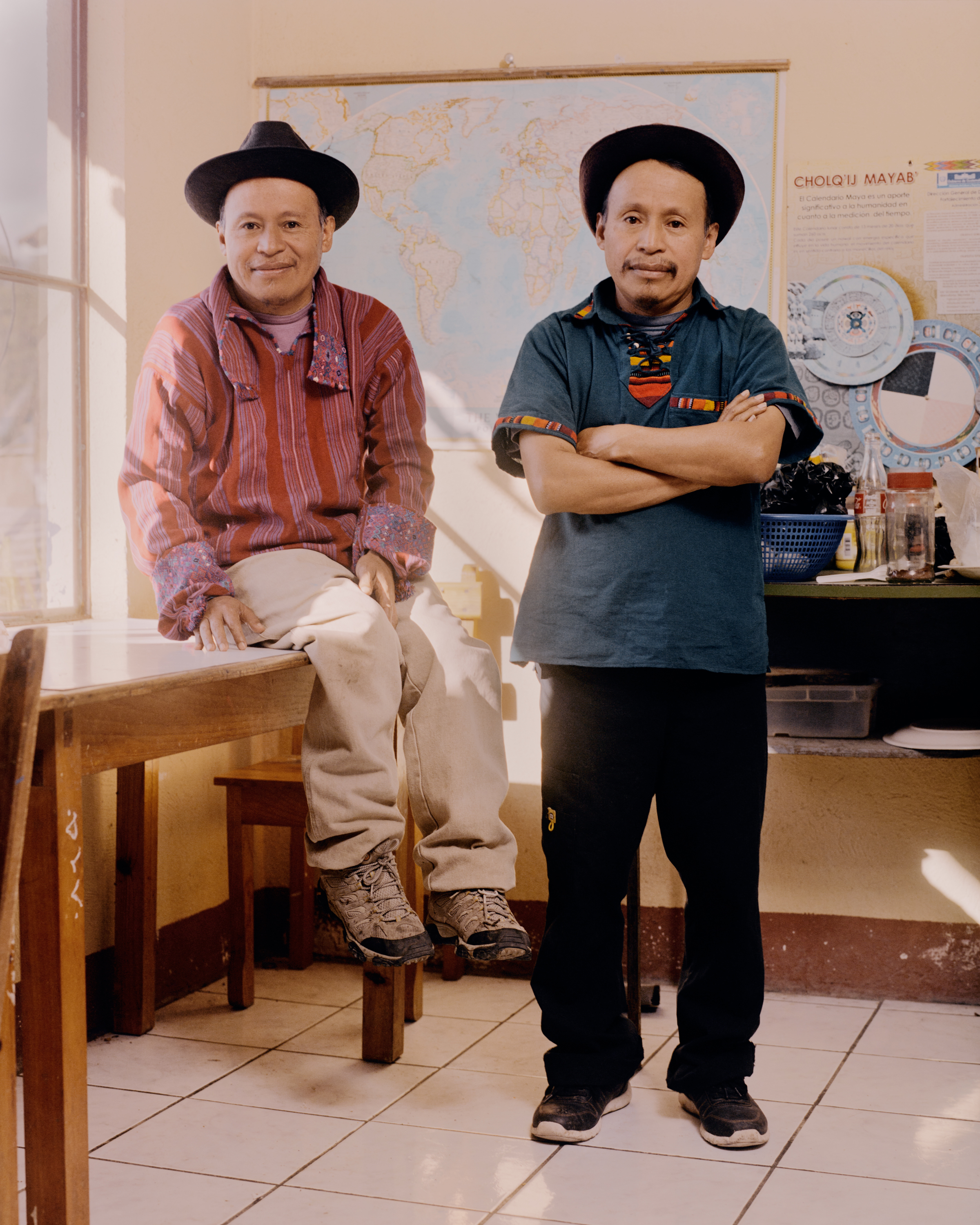

@media screen and (max-width: 640px) {
#thb-empty-space-6724a95b88445 {
height: 32px !important;
}
}
@media screen and (max-width: 640px) {
#thb-empty-space-6724a95b88647 {
height: 0px !important;
}
}
“I believe this moment marks a significant turning point for Generation Z in these regions, where culture, tradition, and technology intersect in such intricate ways”
His first personal project in Guatemala focused on the history of the conquest of the country and the figure of Pedro de Alvarado, a major colonial figure in Central America. The project eventually became Brenner’s debut monograph, Tonatiuh, a colloquial reference to the coloniser. Tonatiuh was shortlisted for the 2019 Paris Photo–Aperture Foundation First PhotoBook Award. And it won Brenner a LensCulture’s 2019 Emerging Talent Award.
Whilst compiling the book, which retraces Alvarado’s journey 500 years ago, Brenner shot moments which didn’t fit the narrative, so he “made a mental note to explore these later,” which later became his second book, Genesis. As well as Brenner’s photography, the book, published by Guest Editions, includes an essay by Julio Serrano, and a conversation between Brenner and writer Gem Fletcher.
After completing Tonatiuh, Brenner – who graced BJP’s cover in 2022 for our Tradition & Identity issue – continued his travels around the highlands, capturing the complex social dynamics there. “I believe this moment marks a significant turning point for Generation Z in these regions,” he tells me. The title Genesis reflects Brenner’s belief in new beginnings, he says, and he feels fortunate to have documented this unique moment in history, “where culture, tradition, and technology intersect in such intricate ways.”
@media screen and (max-width: 640px) {
#thb-empty-space-6724a95b894ab {
height: 0px !important;
}
}
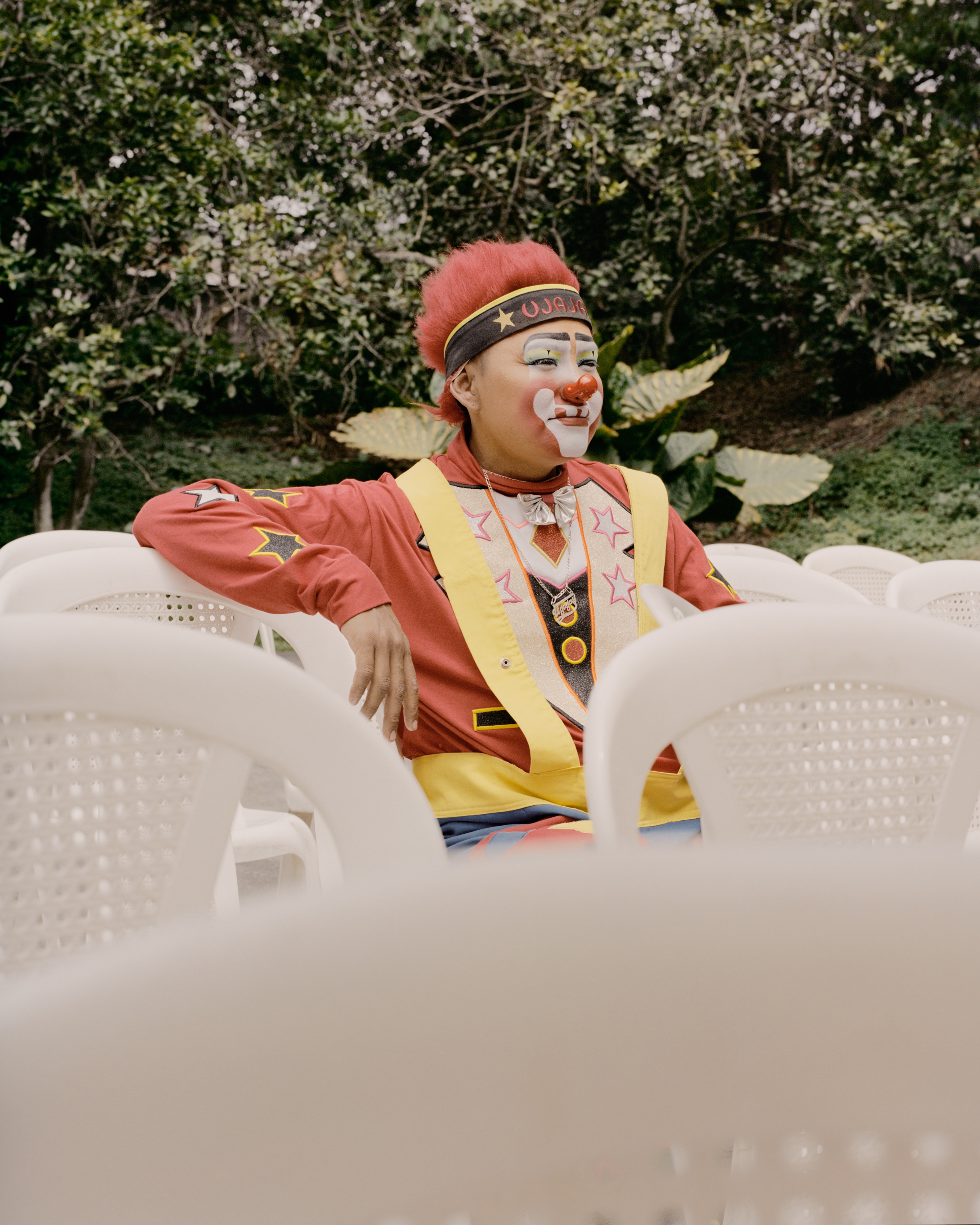
@media screen and (max-width: 640px) {
#thb-empty-space-6724a95b89c49 {
height: 0px !important;
}
}
@media screen and (max-width: 640px) {
#thb-empty-space-6724a95b89e19 {
height: 2px !important;
}
}
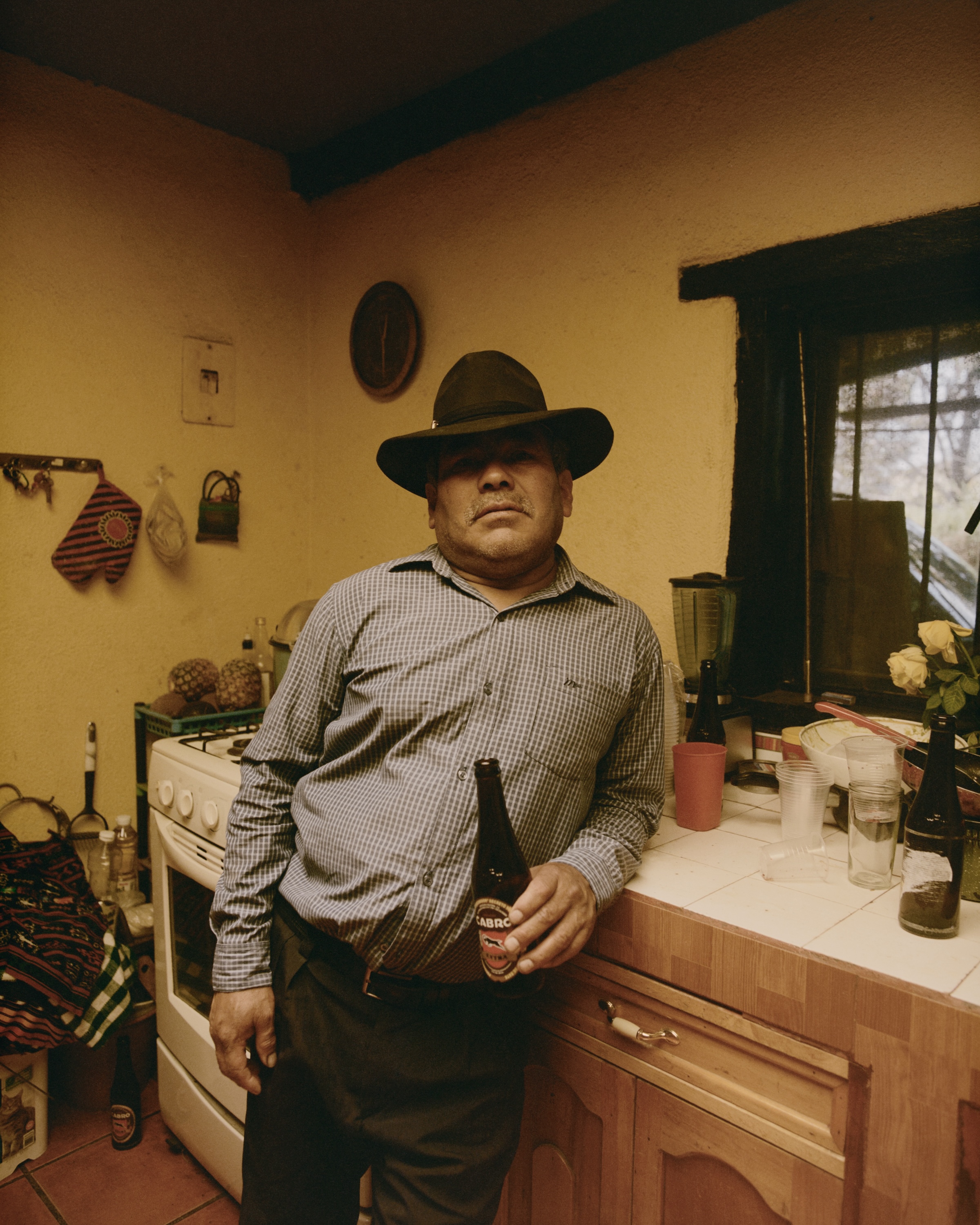
The self-taught photographer, who is also a founding member of Proyectos Ultravioleta in Guatemala City, takes heavy inspiration from various other photographers whose books he admires, “I have amassed quite a collection [of photo books] – it’s almost a problem, to be honest!” Through these books, Brenner says he absorbed as much as he could, learning from the paths taken by other photographers. “This was my way of materialising my ideas and honing my ability to communicate visually.”
His love of narrative photo books meant that Genesis was envisioned as a book long before he shot the first roll of film. He shot over 300 rolls of film and had 700 initial scans when he began editing. “Combined with personal challenges, it became difficult to move forward, so I had to set the project aside for almost a year,” Brenner tells me.
But he returned to the images and found his clarity in the idea of creating an “extensive archive … reflecting the chaotic and intricate socio-cultural dynamics of the highlands.” Genesis is structured into five distinct chapters; the first presents everyday life. The second; portraits of individuals “who inhabit the vibrant stage of the Guatemalan Highlands” says Brenner. The third chapter illustrates all things ‘bling’, and explores the Guatemalan love for metallic and shiny jewellery, as well as contemporary expressions in music, art, and fashion. The fourth chapter is an interrogation of how the urban landscape and “notions of progress” interact with nature and Guatemala’s mountain range.
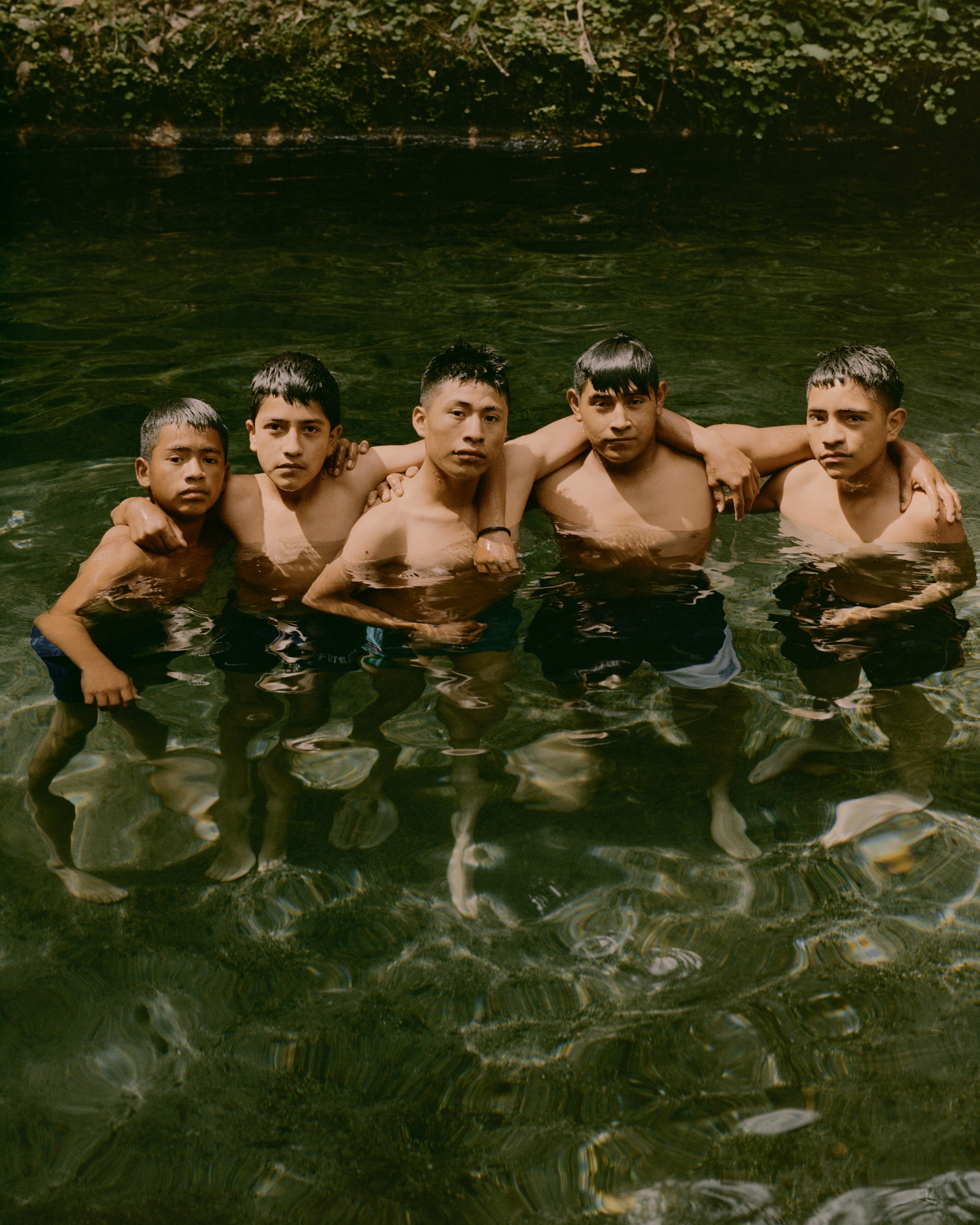
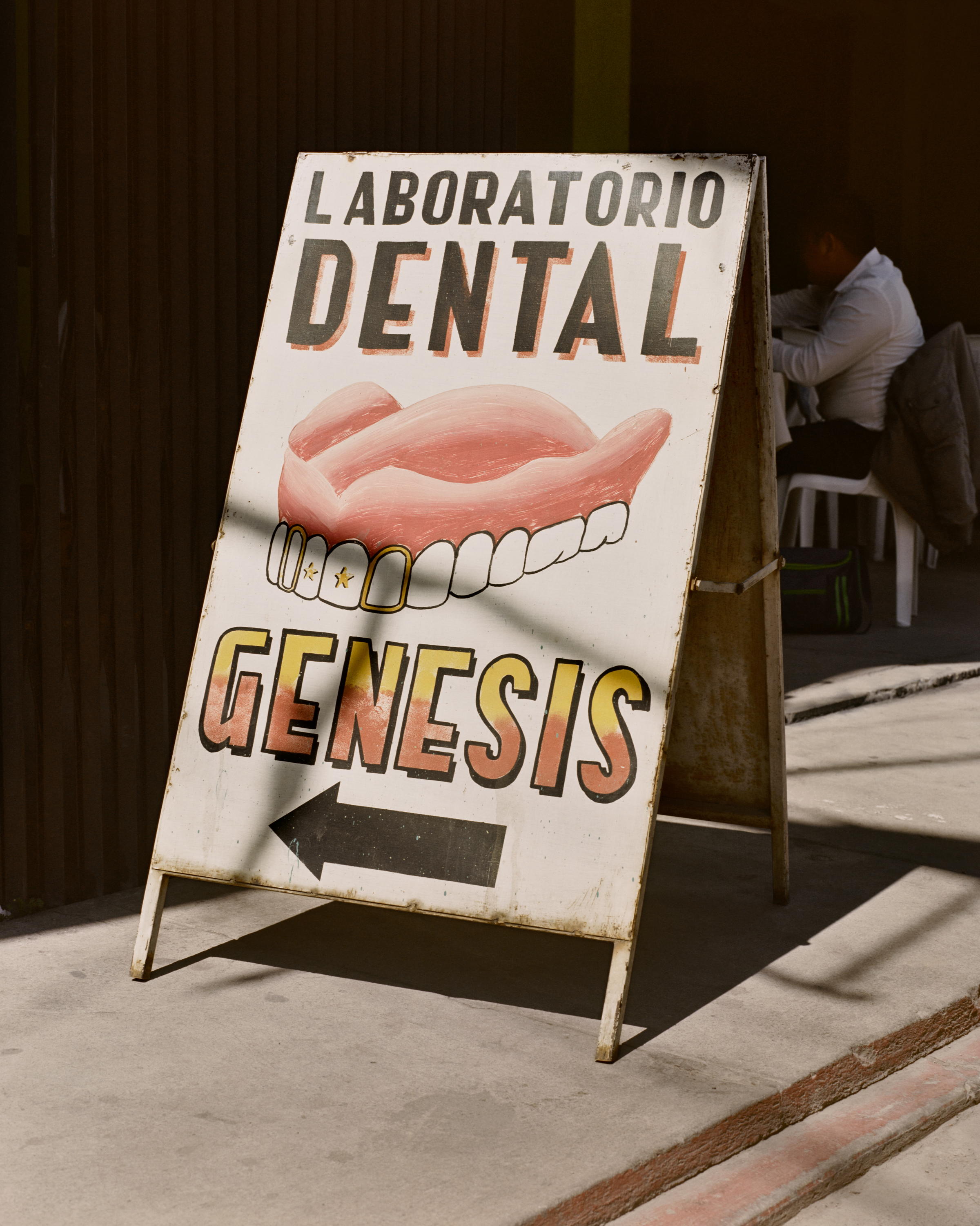
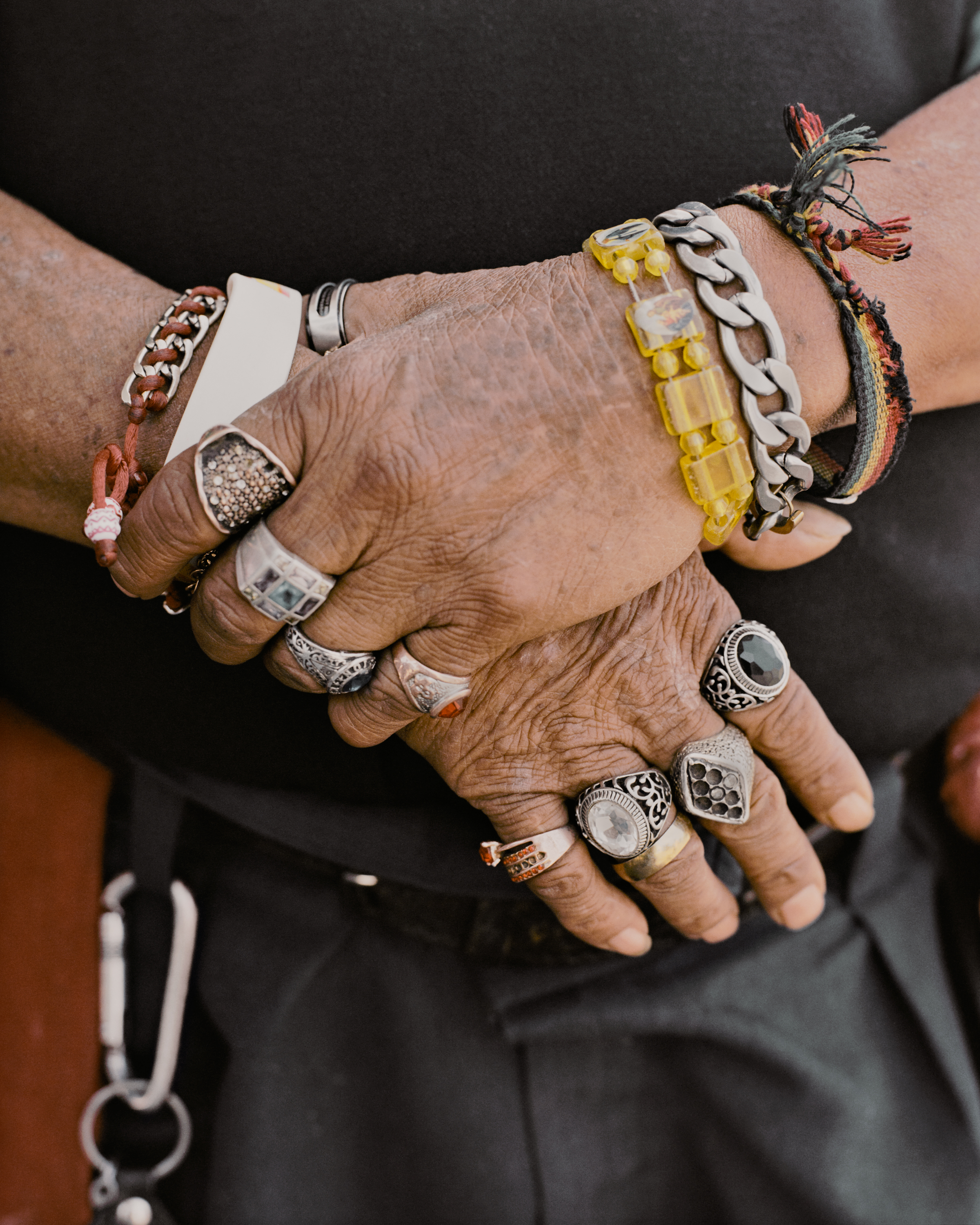
“I recognise my place in this narrative and understand that I will never fully belong. However, I felt compelled to embark on this archival experiment”
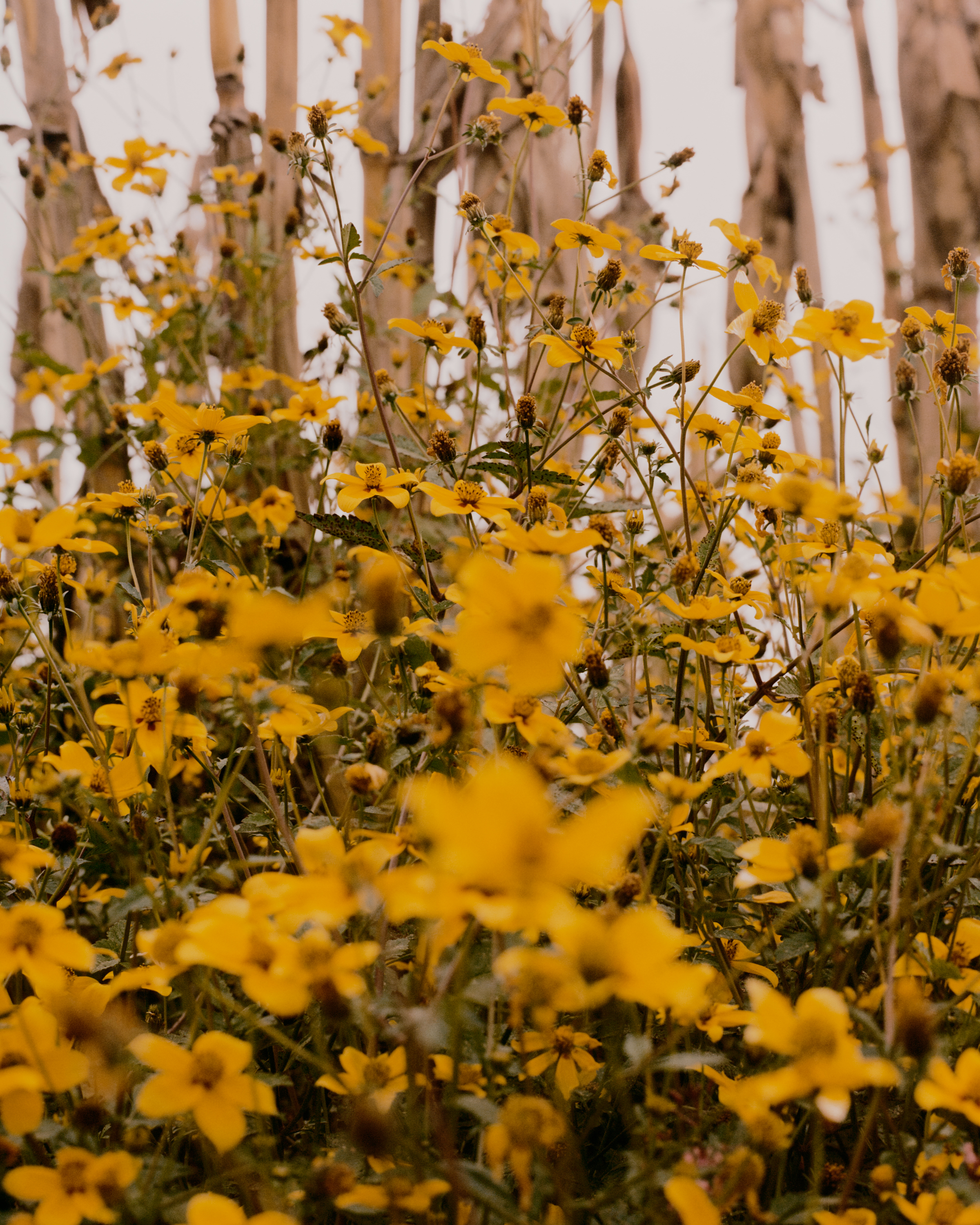
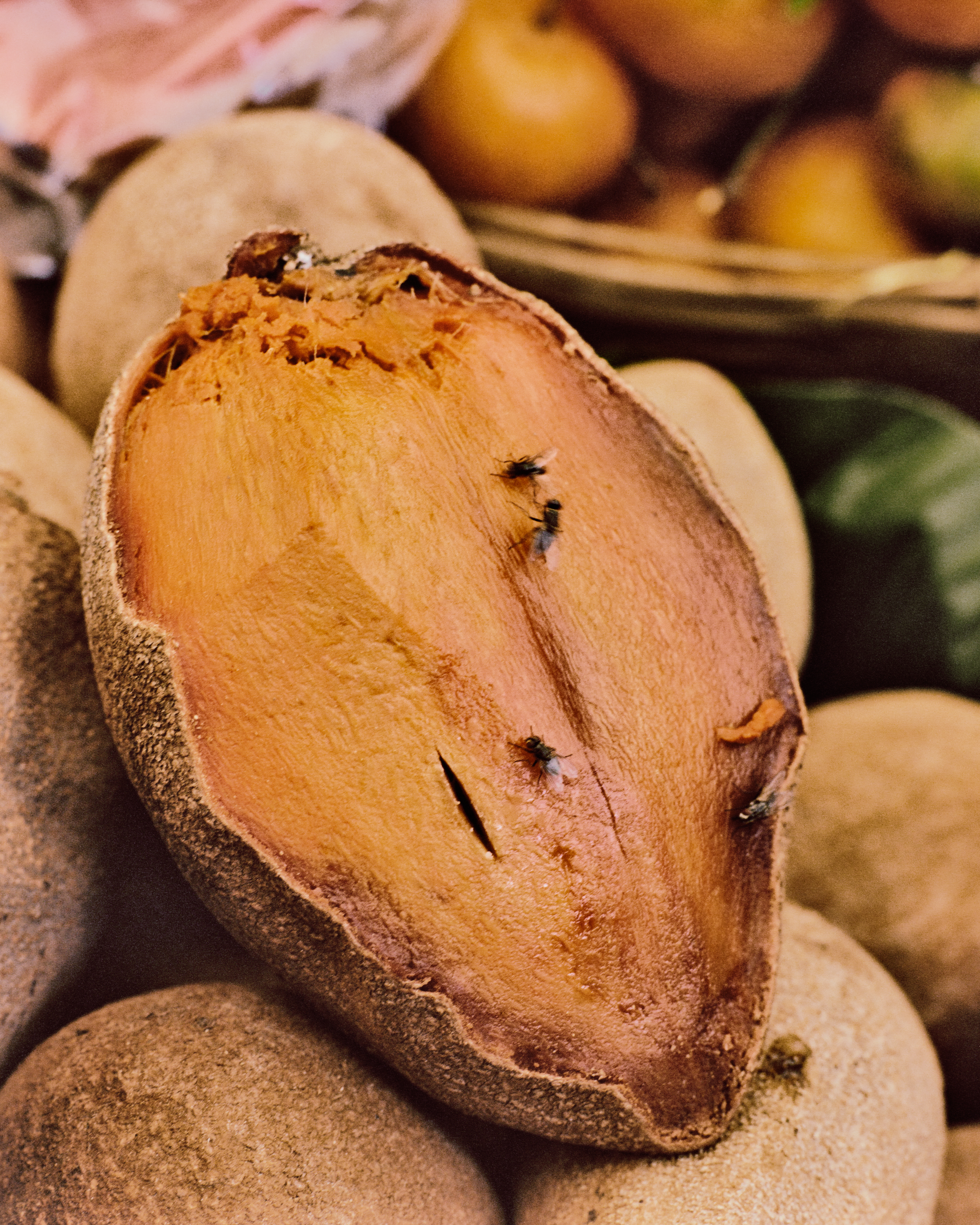
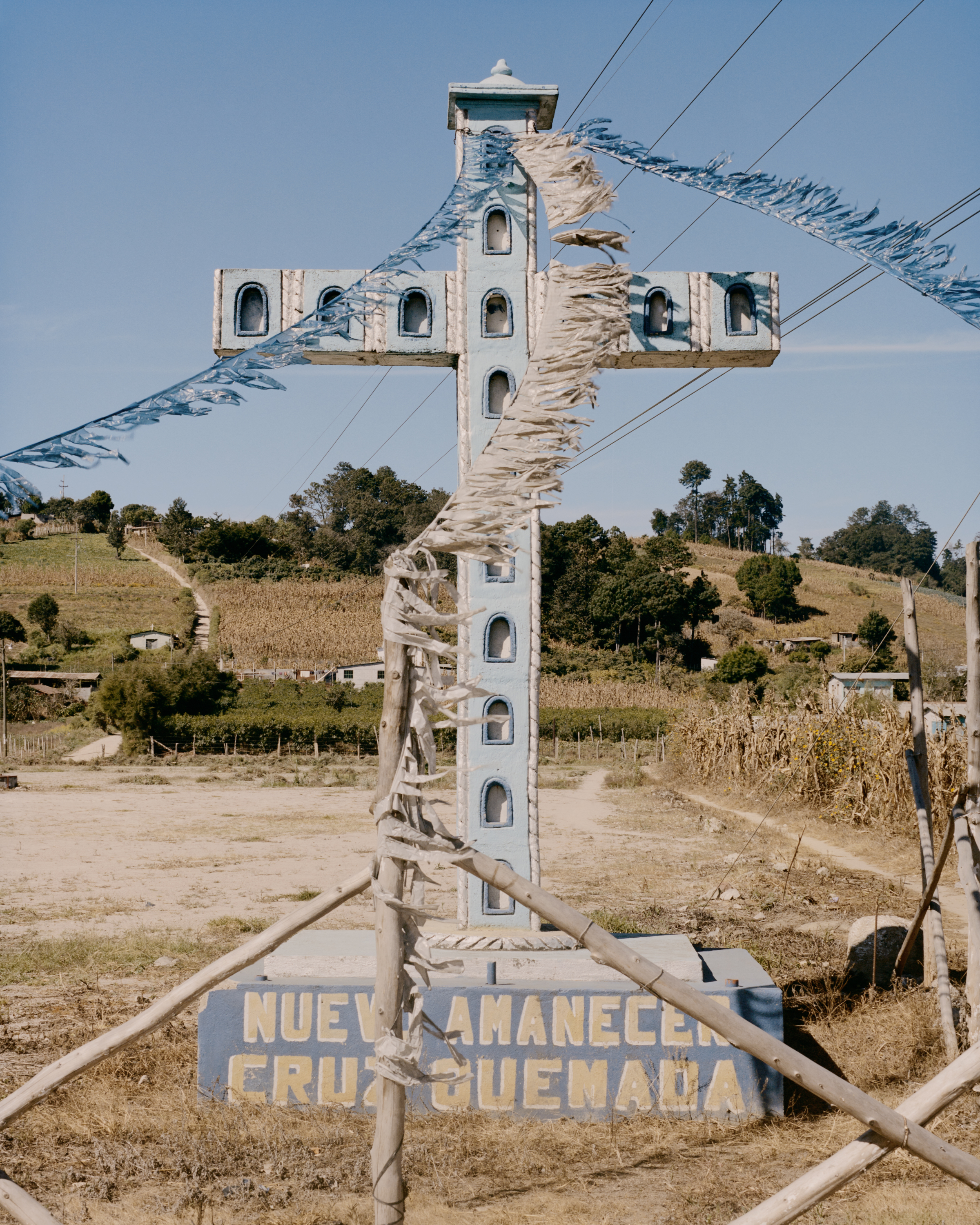
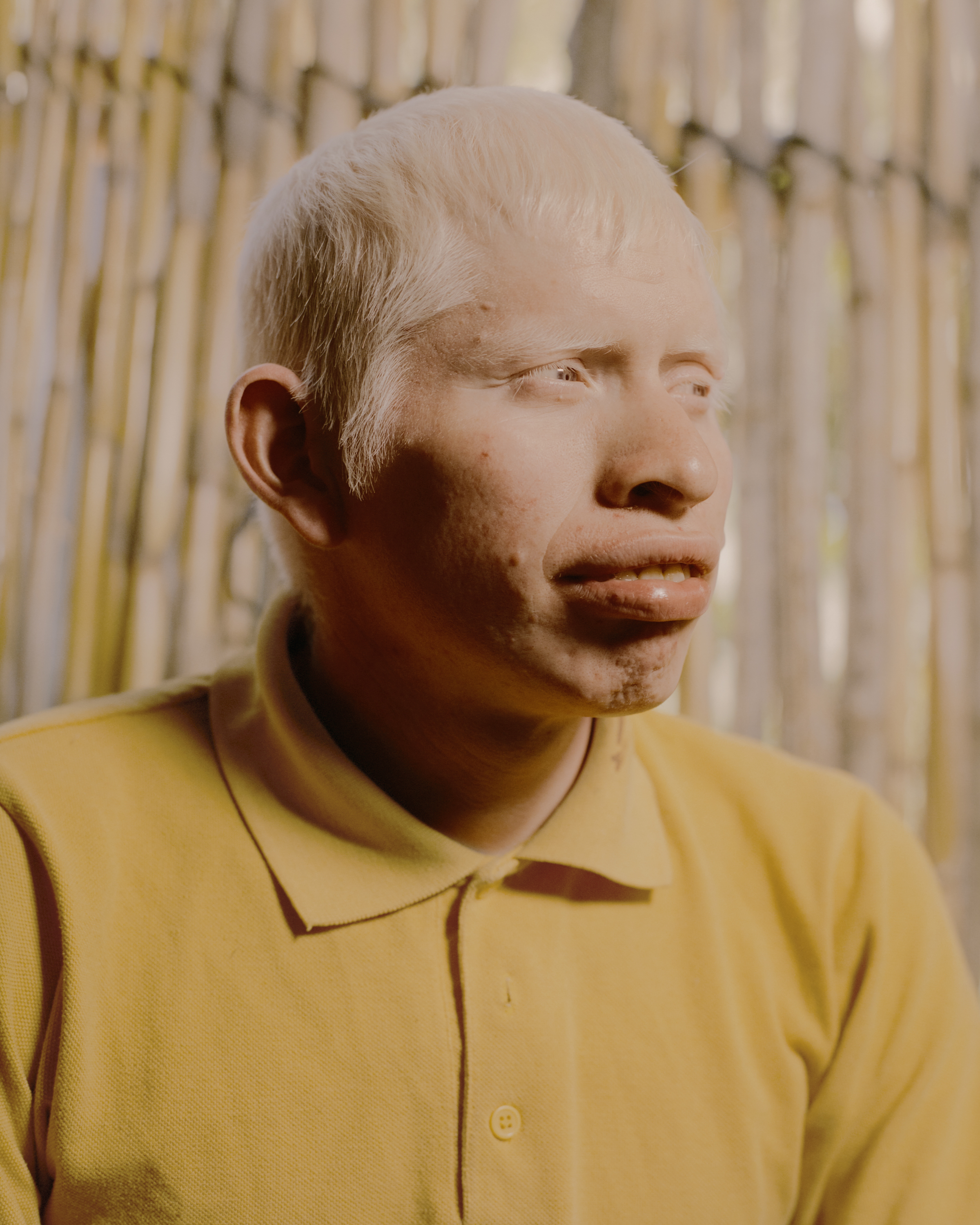

The fifth and final chapter is a look into the outtakes, what Brenner calls, “B sides” – “imperfect moments that may not be conventionally beautiful but reveal a raw, authentic essence of the highlands. This darker conclusion feels essential, and while I wasn’t able to capture every experience, I believe this body of work embodies the energy and dedication I poured into the project.”
The attempt here is a work which highlights complexities associated with cultural hybridisation. Guatemala and wider Latin America have seen waves of slavery, colonisation and migration, and from those moments in history arise cultures and ethnicities which meet and mingle, creating altogether new cultures over time. “These are problems that repeat in many countries in the area, especially countries with similar colonial processes, similar foundations that developed a very wide array of archetypes that repeat in Latin America, which was mainly colonised by the Spanish crown,” says Brenner.
The process of Genesis made Brenner aware of the ‘Mestizo’ lens of his work – a term meaning a person of mixed European and Indigenous non-European ancestry in the former Spanish Empire. The term can also refer to people who are culturally European, even though their ancestors are Indigenous.
“I recognise my place in this narrative and understand that I will never fully belong. However, I felt compelled to embark on this archival experiment,” Brenner says. He hopes Genesis will convey Mayan culture as “vibrant and active, more powerful than ever, with an immense amount of young people dedicated to preserving its core traditions.” The youth of today’s highlands are wildly different to their ancestors and predecessors, with access to the globalising effect of technology. Brenner thinks they represent “the first generation [of highlanders] able to engage in an intelligible dialogue with their peers around the world and I’m excited to witness what will come out of this boiling pot of cultures and ideas.”
Brenner is currently finishing the sequencing for a project in the Ecuadorian Highlands, retracing De Alvarado’s failed attempt to seize Francisco Pizarro’s conquest in Peru in 1534. “Through this project, I’m encountering the archetypes and characters that I’ve repeatedly come across in my own territory.”
Genesis is available for order on pre-sale at guesteditions.com
The post Juan Brenner: a ‘Mestizo’ at work in the Guatemalan Highlands appeared first on 1854 Photography.




